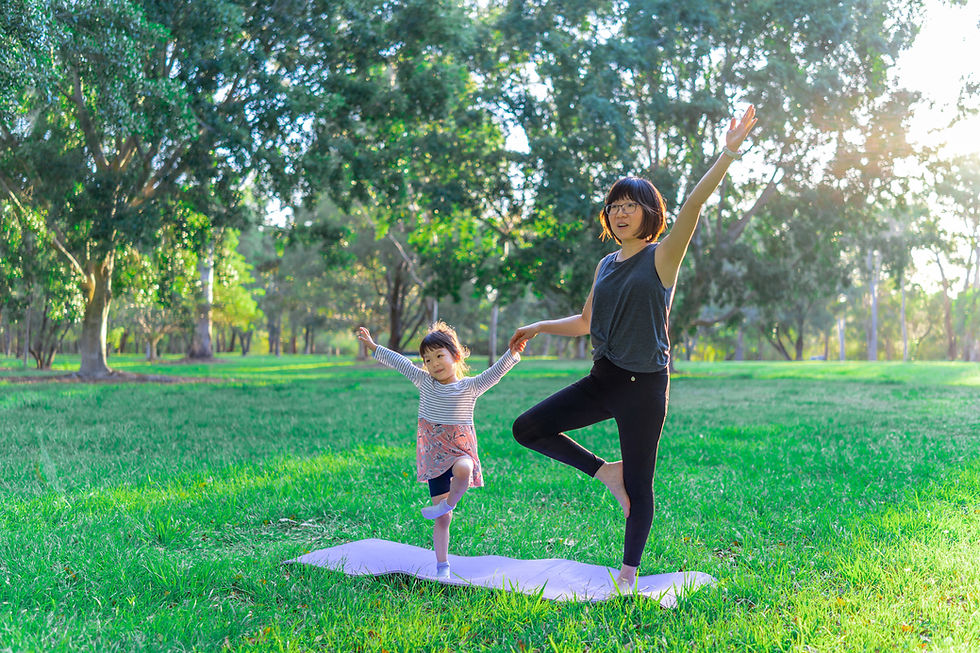Making Sure A Spine Is Stable
- Tayler Kurtzman

- Apr 17, 2023
- 2 min read
The spine is one of the most important structures in the human body. This structure houses all our peripheral nerves as they exit at their specific vertebral level. When the spine is doing its job we are stable, able to activate all our muscles properly, and have proper biomechanics which means our spine has proper movement patterns.
The spine itself is made up of a variety of ligaments that stretch when you move the spinal column. The Anterior Longitudinal Ligament (ALL), Posterior Longitudinal Ligament (PLL), Intertransverse Ligament, supraspinous ligament, and ligamentum flavum. Depending on which way you bend or twist specific ligaments become stimulated. If these ligaments are dysfunctional due to overuse or a trauma this will limit your range of motion and more.
Another thing to consider when assessing the spine is proper glide mechanics. When you flex forward your vertebral bodies should move that direction too, and the disc should move the opposite direction. When we have poor glide mechanics however we might feel pain or other issues as we move into a specific position. If it’s not stable all the nerves exiting those levels will often feel tight, weak, and dysfunctional.

Ways to unload the spine
The spine is meant to withstand compression, lengthening, and pivoting. Many of the issues come from the spine being compressed and constantly loaded. One thing we can do to help unload the spine is work on the intrinsic and extrinsic core. These muscles are designed to unload the spine or decrease compression of the joints.
The intrinsic core is the most important for unloading the spine/vertabrae. These muscles include the:
Internal obliques
Transverse abdominis
Multiifidi
Pelvic floor
Diaphragm.
The extrinsic core consists of:
Rectus Abdominis
Internal & External Oblique
Sacrospinalis (spinal erectors: Spinalis, iliocostalis, longissimus)
Quadratus Lumborum
Latissimus Dorsi
Other muscles of support like Glute Max

What can P-DTR do for your spine?
P-DTR has specific methodologies and protocols to assess all these ligaments and vertebral glide issues. We can also individually assess the muscles and make sure they are functioning opitimally to ensure the best engagement possible.
We can use P-DTR to get to the root of these issues to make sure you have a stable spine.
Learn more about P-DTR here:
Schedule Your Bodywork Session Today:









Comments